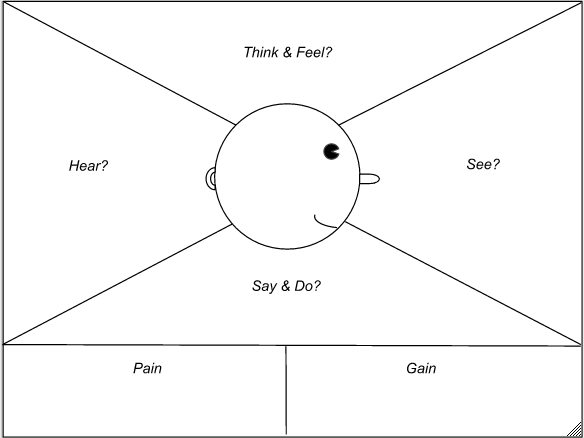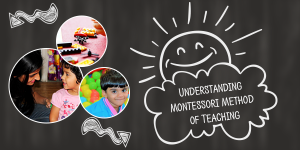Ever seen how a pre-primary class progresses in Japan or the recess time of a Japanese primary school? Even if you haven’t actually been there, there are plenty of video clips going around to show you that Japanese children are unusually well behaved and look like the parts of a well oiled machinery, not a single kid straying from whatever is in progress.
What makes Japanese kids so well behaved? (if “well behaved” is indeed the correct term).
A lot stems from the Japanese society and how it coped after the WW2. As an entire country, they had to rebuild their lives and as an offshoot of all the carnage that took place, they started laying stress on being able to live together happily and amicably. It is no wonder then, that children emulated their parents and a whole nation was built on the principals of building a social capital, where children seemed wise beyond their years and very well behaved.
Japanese discipline is more about practiced behavior than about discipline








